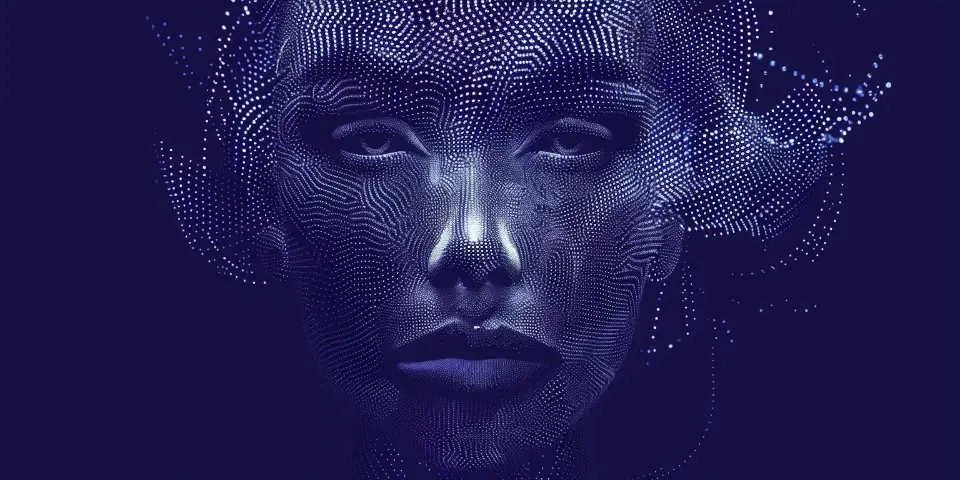Unlocking Creativity AI Insights into the Masterpieces of the Undressed Gallery
Creativity has always been a deeply human characteristic, but with the advent of artificial intelligence (AI), we are witnessing a new era of artistic expression. The Undressed Gallery, a groundbreaking platform that merges AI technology with art, is providing valuable insights into the masterpieces created by this dynamic collaboration. Through powerful algorithms and cutting-edge tools, AI not only analyzes famous artworks but also generates its own, leading to a fascinating exploration of the intersection between human creativity and machine intelligence.
1. AI's Ability to Analyze Art
Art has long been open to subjective interpretation, but AI brings a new dimension to the analysis process. By utilizing algorithms that recognize patterns and variations in color, composition, and brushwork, AI can provide objective insights into the symbolism and emotions conveyed by a painting. This analysis helps art enthusiasts and historians gain a deeper understanding of the artist's intended message and the context in which the artwork was created.

However, it's worth noting that AI analysis should not replace traditional art critique, as human interpretation and personal connection remain essential components of appreciating art.
2. AI's Role in Creating Original Artworks
The Undressed Gallery pushes the boundaries of artistic creation by employing AI to generate original masterpieces. Through a process known as generative adversarial networks (GANs), AI algorithms create unique paintings inspired by the styles and techniques of renowned artists. The output is a harmonious blend of human artistic knowledge and AI's ability to analyze a vast collection of artworks in seconds.
This AI-generated art serves as a testament to the incredible potential of machine creativity, providing both an homage to the masters and a catalyst for new artistic directions.
3. Overcoming Creative Blocks with AI Assistance
Artists often face creative blocks, periods of stagnation, and a lack of inspiration. The integration of AI tools in the creative process can help artists overcome these challenges. With AI's vast database of analyzed art and ability to generate fresh ideas, artists can seek inspiration, explore new styles, and experiment with their own artistic voice.
AI-powered software, such as DeepArt and Prisma, allows artists to apply the styles of renowned artworks to their own creations, offering a unique blend of artistic collaboration between past and present.
4. Ethical Implications of AI in Art
Integrating AI into the world of art raises ethical concerns that must be carefully considered. One concern is whether an AI-generated artwork can be attributed to a human artist or if it should be acknowledged as a collaborative creation. Additionally, the potential for AI to replicate styles and techniques may undermine the value of originality and authenticity in art.
It is essential to approach AI integration with artistic ethics in mind, ensuring that transparency, proper attribution, and respect for human creativity remain at the forefront.
5. AI as a Tool for Art Restoration
Art restoration is a delicate and complex process, often requiring immense expertise. AI can streamline and enhance this process by analyzing damaged artworks, reconstructing missing parts, and suggesting appropriate restoration techniques based on historical data.
AI-powered tools, such as the one developed by the Art Institute of Chicago, assist restoration experts in preserving the integrity and original intention of the artwork while reducing the risk of human error.
Frequently Asked Questions:
Q: Can AI completely replace human artists?
A: AI cannot replicate the depth of human emotions, personal experiences, and subjectivity that form the core of artistic expression. However, AI can augment human creativity or serve as a tool for inspiration and collaboration.
Q: Will AI-generated art diminish the value of traditional art?
A: While AI-generated art has gained recognition and even sold at auctions, traditional art retains its value due to its historical and cultural significance, uniqueness, and the artist's personal touch. AI-generated art serves as a complement rather than a replacement to the traditional art landscape.
Q: Are artists hesitant to incorporate AI into their creative process?
A: While some artists may be hesitant due to concerns about authenticity and originality, many artists embrace AI as a powerful tool for creative exploration and overcoming creative blocks.
References:
1. GANs (Generative Adversarial Networks) - An Overview. OpenAI. https://openai.com/blog/generative-adversarial-networks/
2. The Art Institute of Chicago: AI Tools. https://www.artic.edu/ai
Explore your companion in WeMate